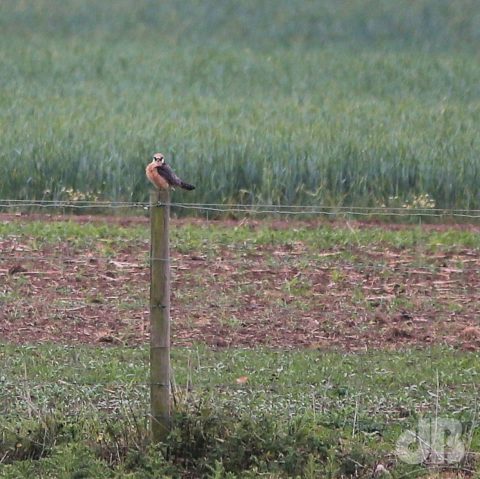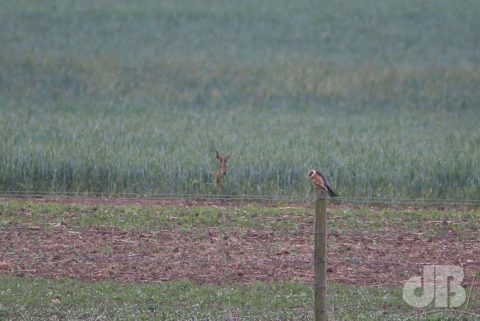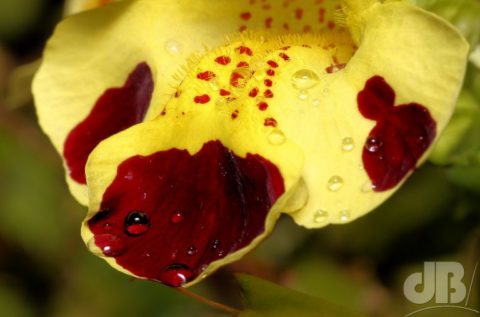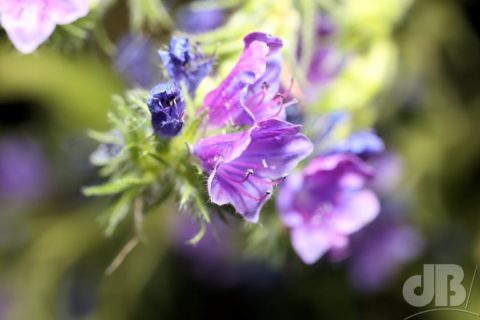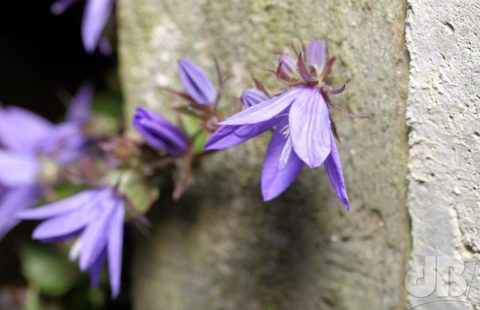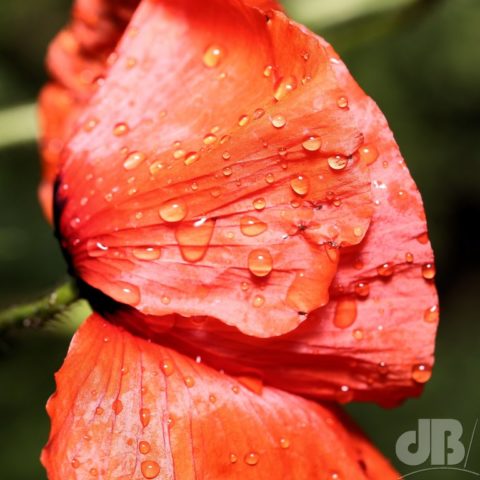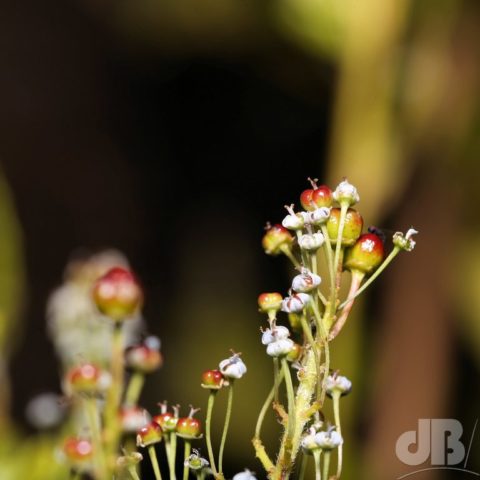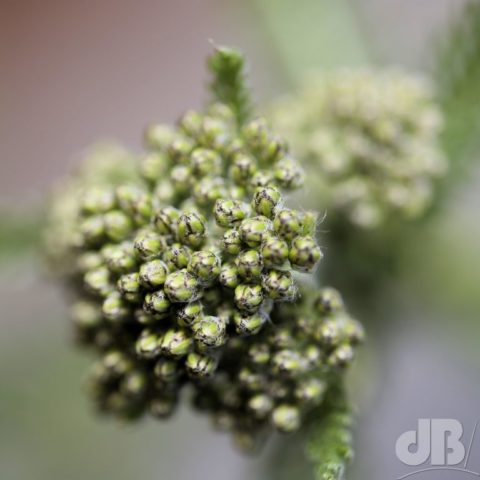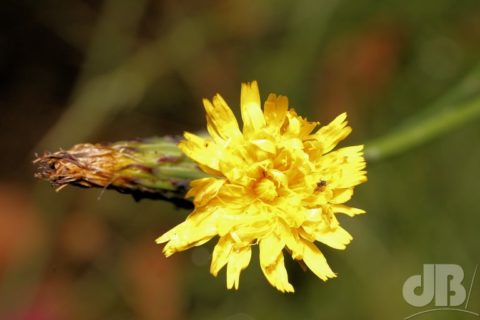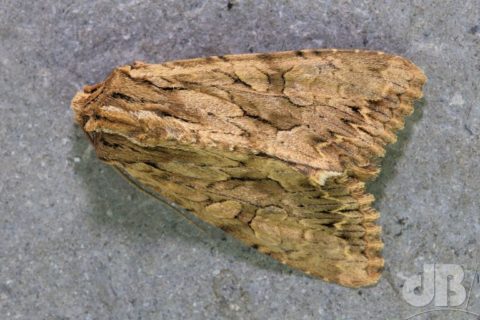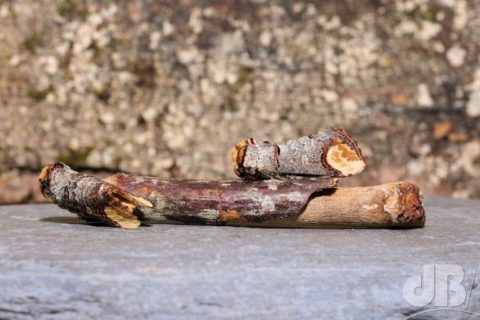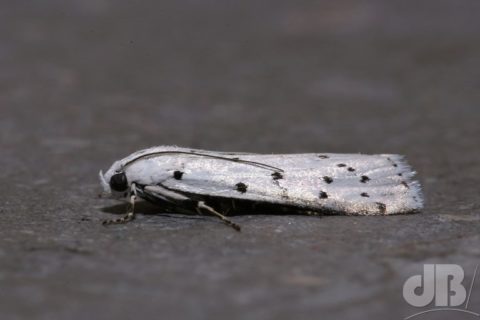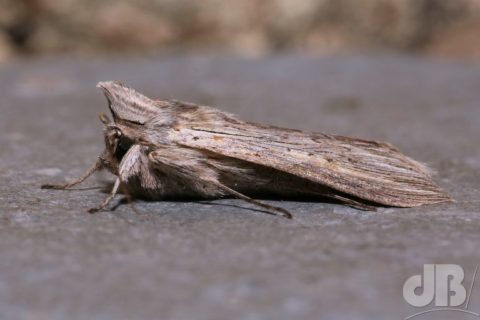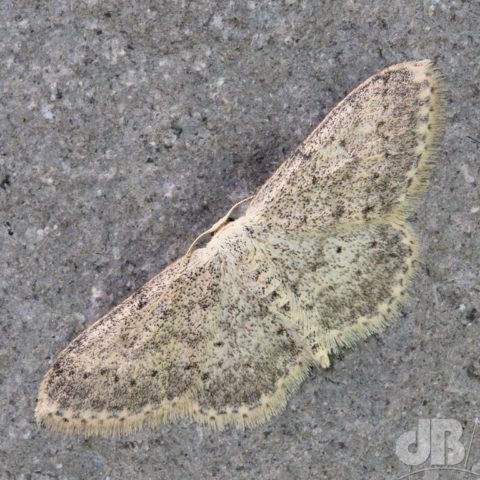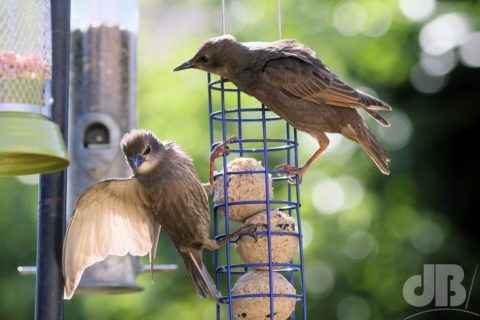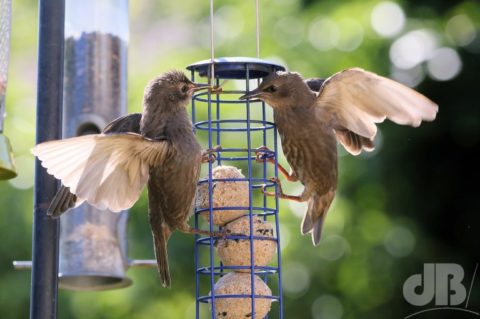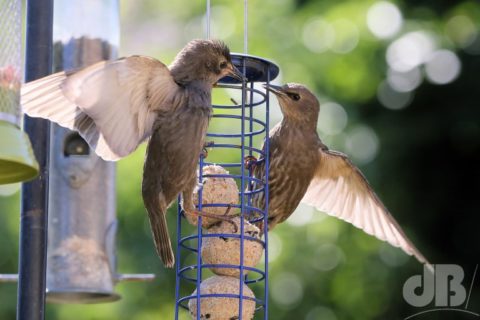In the past, when I’m lecturing a friend at the pub about the moths I’ve photographed, the terms micro and macro come up and the inevitable question: “Oh, are the micros just the small ones, then?”. As a relative newbie moth-er I’ve struggled to offer a definitive answer. Some moths referred to as micro moths are a lot bigger than some of the smaller macros and some of the macro moths like the “footman” moths and pugs are smaller than some of the micros. Mothing experts have pointed me to papers and articles about identification and one contact suggest that the distinction is in the genitalia…therein lies the clue.
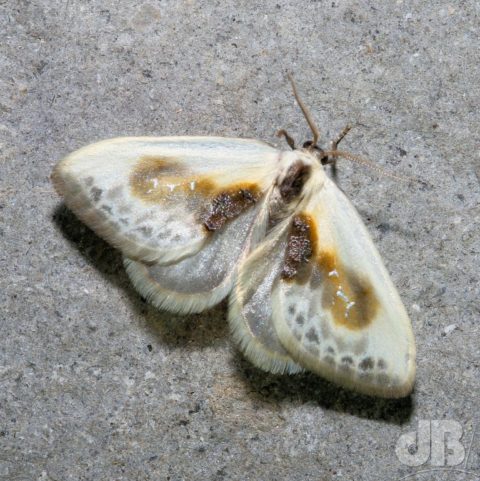
Size isn’t everything, in fact it’s nothing. The micro and macro distinction is nothing, absolutely nothing, to do with size as one might assume given the definition and etymology of those words. No, instead it’s all about evolutionary complexity. The micro moths are essentially the oldest, least evolved part of the Lepidoptera family tree.
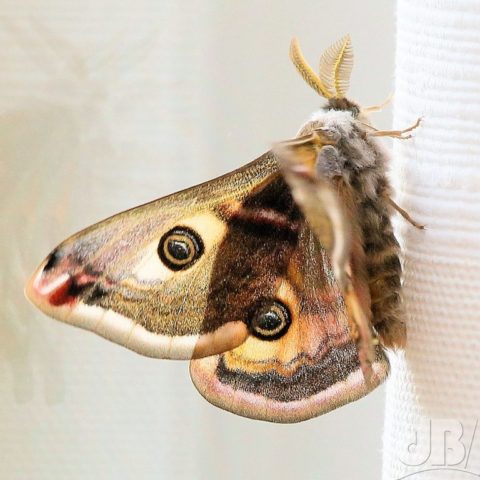
All moths and butterflies evolved from a common ancestor about 250 million years ago, same common ancestor as the caddisflies. The micro-moth category includes all the species that evolved from circa 250 to 200 million years ago. The macro-moths are the moths that evolved more recently – from about 125 million years ago – once flowering plants first blossomed. Indeed, nocturnal pollination by moths is more common than daytime pollination by other types of insect.
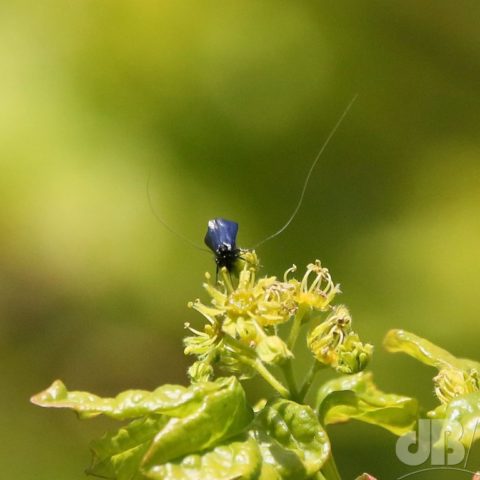
Butterflies are in evolutionary terms just a sub-group of the micro-moths dating back to perhaps between 110 and 65 million years ago. All butterflies share a common micro-moth ancestor.
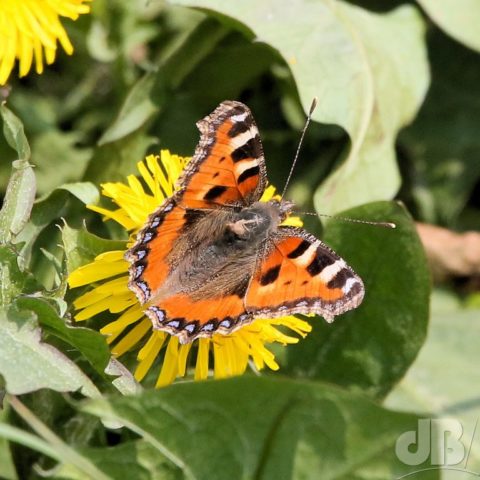
There are approximately 160 000 described species of Lepidoptera on the planet still living today, at least 62 000 of those are the micro-moths.
